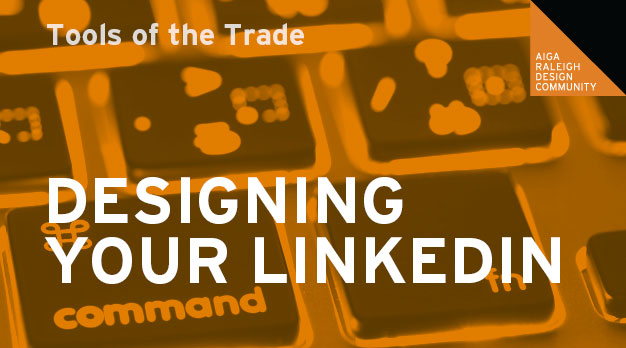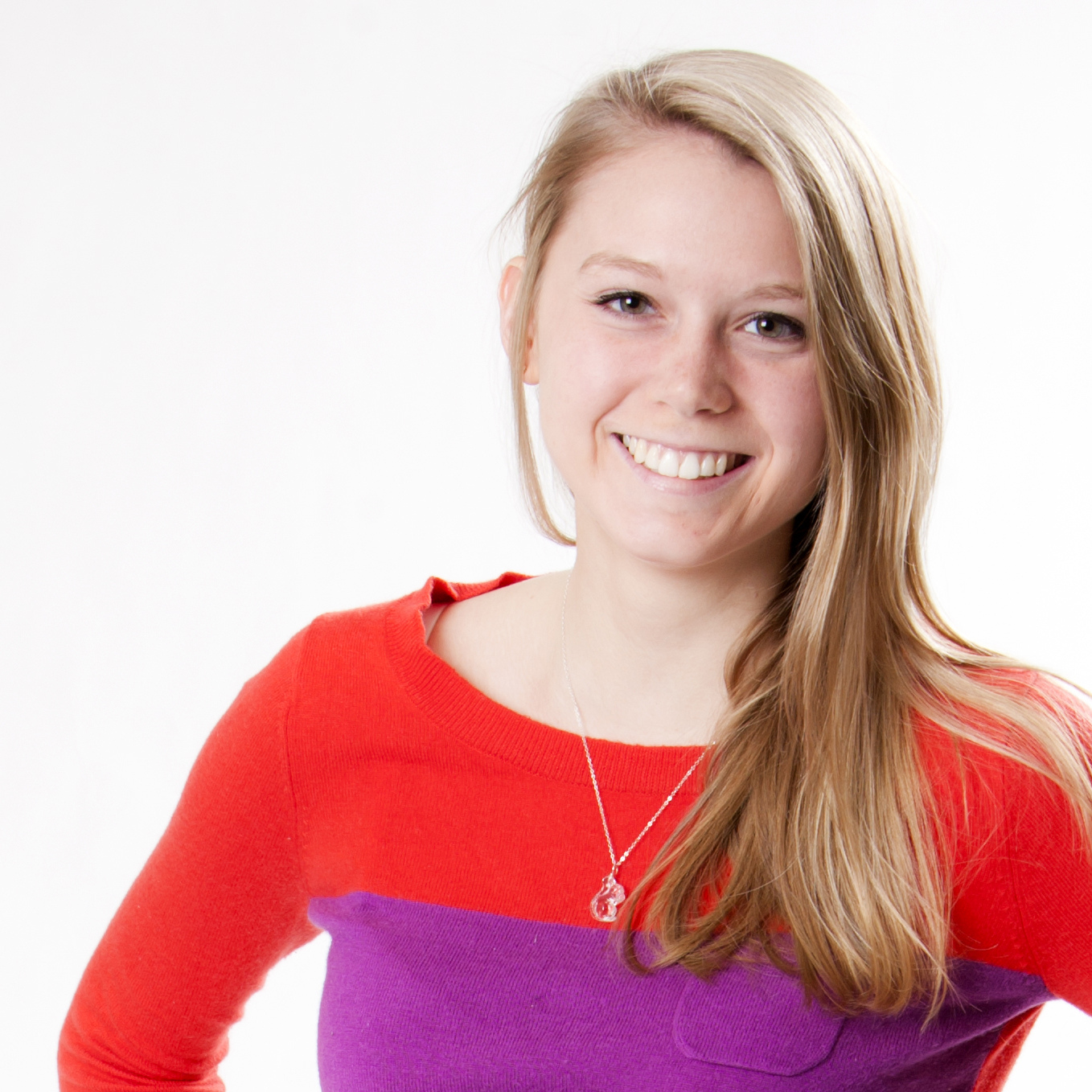
Why your LinkedIn profile could use some love
(and design sense).
So, you have a LinkedIn profile. Maybe you created it freshman year of college and haven’t touched it since. Maybe you updated it when you were job searching but now it’s out of date. LinkedIn often seems like an afterthought to other forms of social media, but your profile could be as important as your portfolio site. Check out our tips for how LinkedIn can land you the job.
The first thing you’re probably wondering is: Why LinkedIn?
Your web presence is very important during the job search, and doubly important in the design world. How you brand yourself, skin your profiles and present your work is your first opportunity to communicate your design skills and style to employers. LinkedIn is important because it adds a professional element to your web presence. Your profile can lead employers to your portfolio site and other social accounts. It also lets you highlight awards, experience and projects that don’t fit on your one-page resume.
Now you have to nail that first impression: What picture should I use?
It might be easier to describe the picture you shouldn’t use. No group photos, no party photos, no selfies, no beach photos and no pictures with your mouth open. Headshots, graduation photos, senior pictures or pictures of you in a work environment are perfect.
LinkedIn also recently added a background image feature, much like a Facebook cover photo. This feature allows you to add more context to your profile. Add a picture of your artsy workspace, an exhibit of your work, or maybe your college’s campus.

Next question: What personal information should I include?
Anything you wouldn’t be nervous to tell your boss in person. Location, full name and education history are all important items to include (you can always adjust privacy settings). LinkedIn profiles include the same sections you have on your resume, so use the extra room to your advantage. Go into more depth on job and project descriptions by including links to specific works and people you worked with. You can also include coursework, hobbies and volunteer positions to show you’re a well-rounded candidate. Don’t include any skills that aren’t relevant to your job search.
Where do I even start with the “summary”?
This section is a little bit like the dreaded “Tell me about yourself” interview question. Don’t stress; the simpler the better. If you’re job searching, include a sentence about your career interests and goals. If you already have a job, include a sentence about why you love design and what inspires you. Be quirky, be funny and don’t hesitate to include a link to your portfolio website.
Now to determine your reach: Should my profile be general or geared toward a certain field?
The more specific the better. Just like when HR goes through resumes, employers will search profiles based on certain keywords, job titles and skills. You want to make your career path and goals obvious to improve your networking opportunities. Join groups, like pages and make connections that reflect your career interests.
Now for the visuals.
As designers, we know when to let images do the talking. Feature a project, or two, you’re most proud of on your profile to show off and stand out.
Now for LinkedIn etiquette: My friend’s grandpa endorsed me; should I endorse him back?
Better question. Why are you connected with your friend’s grandpa? Making valuable connections is important for getting the most out of LinkedIn. Connect with classmates and colleagues, professors you really like and people you want to work for. There is no need to connect with anyone that isn’t relevant to your career or professional goals.
On the other hand, if your boss, coworker or friend endorses you, definitely endorse them back. Endorsements build your cred and add some umph to your profile. Returning the favor extends your reach and keeps the feedback coming.

Here’s where things might get a little awkward: How do I stop my boss from finding out I am looking for other jobs?
The whole point of LinkedIn is to increase your professional knowledge and connections, so any career-related searching or connecting you’re doing is only going to reflect favorably. If you don’t want other users to know you viewed their profile, you can turn off the feature. Changing this setting, however, will stop those notifications for you as well.
Now let’s talk groups. How important is it to join? Should I be active in those groups?
Groups help you get more out of LinkedIn. Groups can provide good reads about design news and trends and connect you to leaders in the field. Simple likes, comments and shares will show your activity and interest in the groups.
Now that you’re all set up: How often should I update information?
To keep all your information fresh and consistent, update your LinkedIn every time you update your portfolio site or resume. Most importantly, make sure the headline (current position) under your name is accurate.
So, let’s be real. As designers, we know how to have the most visually pleasing and organized profiles out there. Sprinkle some of that design sense onto your LinkedIn and you’re in business. Believe it or not, your LinkedIn profile could make your dream job come to you.
 About the Author: Chelsea Brown is an Editorial Experience Designer at Republic Wireless. She has a passion for storytelling and how design can enhance a reader’s experience. On her days off, she enjoys running, Jane Austen novels and working on personal projects for her blog,
About the Author: Chelsea Brown is an Editorial Experience Designer at Republic Wireless. She has a passion for storytelling and how design can enhance a reader’s experience. On her days off, she enjoys running, Jane Austen novels and working on personal projects for her blog,
Cut & Paste.
Twitter: https://twitter.com/chelsanne23
Instagram: http://instagram.com/chelsanne23
Linked In: http://www.linkedin.com/in/chelseaannebrown/
Website: http://www.chelseaannebrown.com/